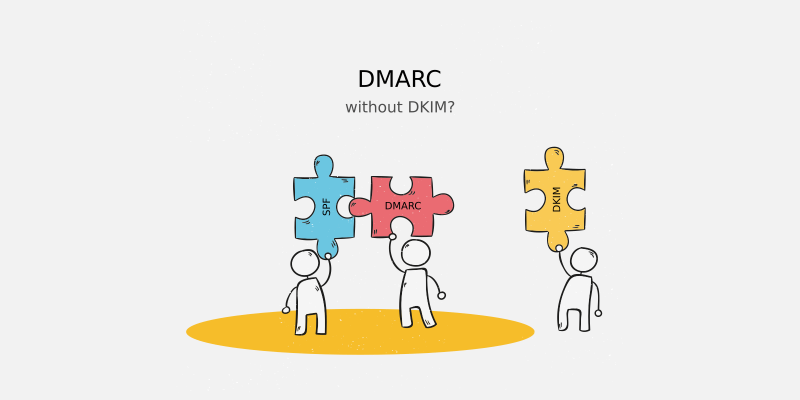
Yes, you can set up DMARC without DKIM and have only DMARC and SPF in the equation. In this case, DKIM check always fails and DMARC authentication result is up to SPF check and SPF identifier alignment, which still somewhat works but is less than optimal…
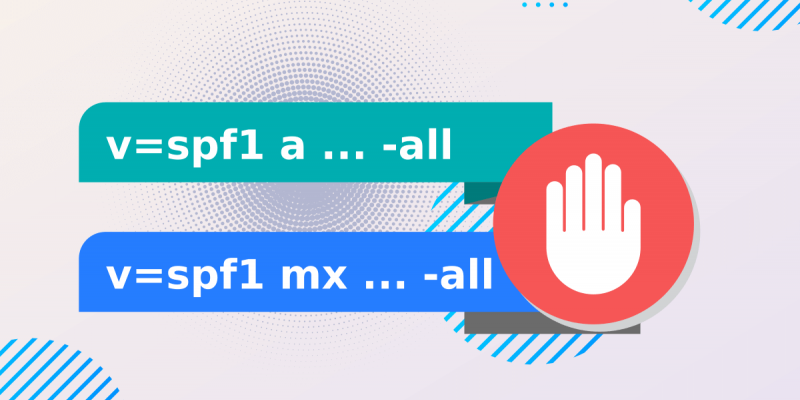
Can you have multiple SPF records on a single domain? The answer is no: a domain MUST NOT have multiple SPF records, otherwise SPF fails with PermError.
An SPF record is a TXT record in the DNS starting exactly with "v=spf1", followed by an array of mechanisms and/or modifiers…
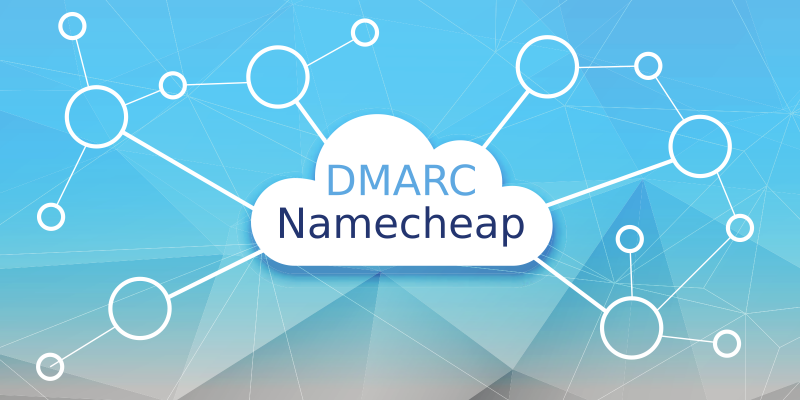
This post provides step-by-step instructions on how to add a DMARC record in Namecheap.
About DMARC recordsFirst of all, a DMARC record is a TXT record published to the DNS for your domain, under dmarc.yourdomain.com, where “yourdomain.com” is your actual domain or subdomain…
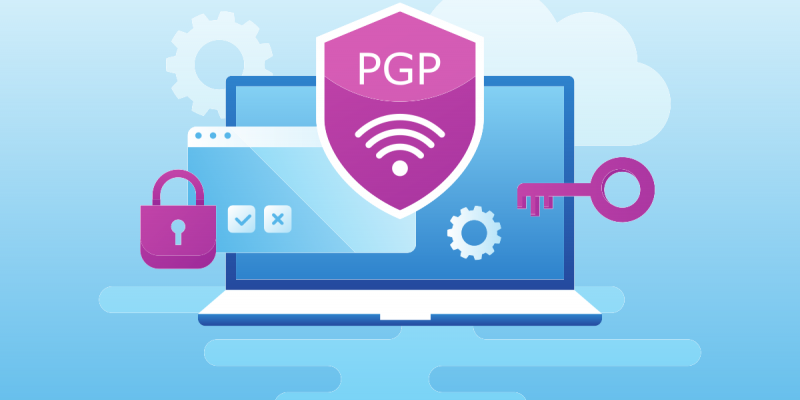
We will go over how to set up DMARC forensic report encryption with PGP in this article.
As DMARC forensic reports contain Personally Identifiable Information (PII), we recommend that you encrypt such reports, so that only those who have the permission can access them…
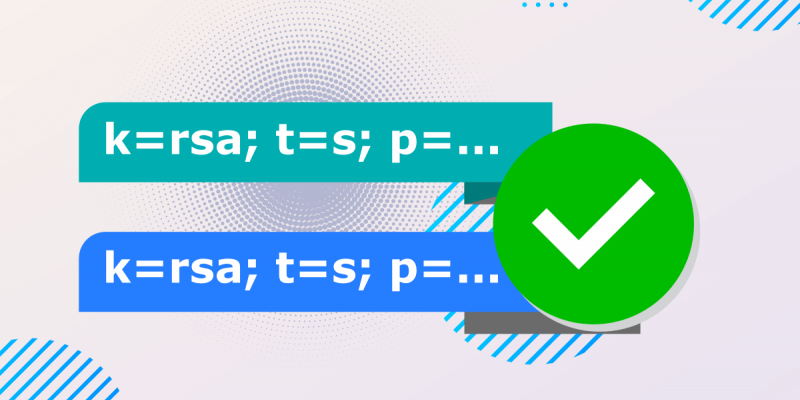
Can you have multiple DKIM records on a single domain? The answer is yes, you can have as many DKIM records on your domain as allowed by your DNS provider.
What is DKIM?DKIM stands for DomainKeys Identified Mail. It is an email authentication method designed to detect forged header fields and c…

This article shows how to set up email authentication on your email streams using DMARC data, with actionable steps.
What is an email stream?An email stream is the route a group of emails take from the source to the receiver, on behalf of a domain…
